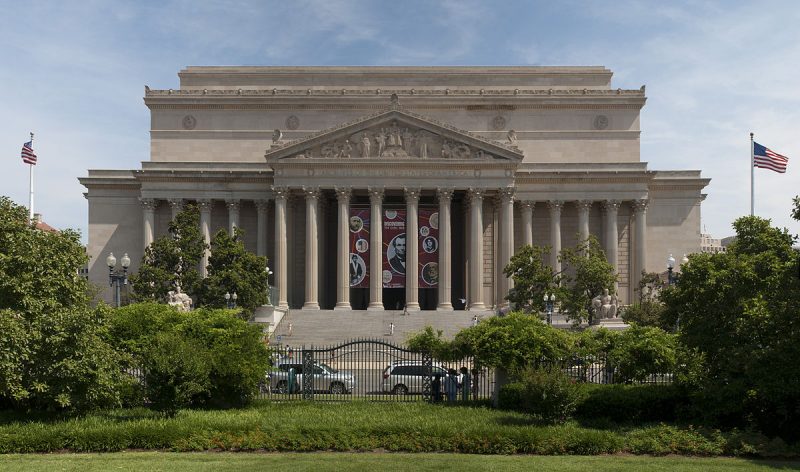It may have been the greatest assignment of Secret Service agent Harry E. Neal’s life.
Neal had started his work day on December 26, 1941, with a secret meeting with Archibald MacLeish, a librarian at the Library of Congress, and Verner W. Clapp, assistant librarian.
He was told that he would only be responsible for transferring invaluable historical papers to a safe, bombproof facility a long distance inland. On the day of leaving, he asked MacLeish exactly what the documents were.
Following the meeting, with the scale of his task clear, Neal checked everything twice. He drove three different routes between Union Station and the Library of Congress to determine the safest route for the reinforced truck.
He assured himself that armed agents would be with the baggage cart from the station’s store room to the train. And he established that armed agents would greet the train on its arrival to forward the cargo to its final safe destination.
Neal had insisted on being with the four unobtrusive cases onto the train, overseeing their placement, and reviewing the elements of the strategy with Clapp and his agents who would accompany the cases.
Neal spotted the envelope that had been delivered earlier by courier, and, before he telephoned MacLeish, read the brief, one-page memo from Clapp, on Library of Congress stationery. “The following is an itemization of the materials”; the memo began.
Even though knowing what was in the containers, the itemized list he was provided with on December 26 continued to take his breath away. MacLeish had described them as the written history of liberty in their world, Politico Magazine reported.
They were outlined in this manner:
- Case #1: Three volumes of the Gutenberg Bible (St. Blasius– St. Paul copy)
•Case # 2: One roll of the Articles of Confederation (original engrossed and signed copy),
• Case #3: A Lincoln Cathedral copy of the Magna Carta (Lincoln Cathedral copy), one parchment leaf in frame; the original, autographed copy, one volume of Lincoln’s Second Inaugural Address; the first and second autographed drafts of Lincoln’s Gettysburg Address, one volume)
• Case #4: The Constitution of the United States in five leaves (original, engrossed and signed) Declaration of Independence in one leaf (original, engrossed and signed copy).
The master copy of Britain’s revered Magna Carta (from 1215) had been loaned to the Library of Congress after its exhibition at the 1939 New York World’s Fair to the Library of Congress. When the war had erupted in Europe, Britain had requested the U.S. to safeguard it.
Neal knew that the location for priceless artifacts was Fort Knox, the United States’ recently finished depository for gold bullion, over 600 miles distant in Louisville.
In the United State’s long history, the transfer was the start of the largest single relocation of priceless documents, and books.
As well as having the country’s foremost founding documents, the Library of Congress was the repository for thousands of other significant documents such as Pierre Charles L’Enfant’s original handmade plan for the design of Washington, complete with fading editorial comments written by Thomas Jefferson.
In 1952 by an Act of Congress, the original Declaration and Constitution were relocated to National Archives, where they are on display.
